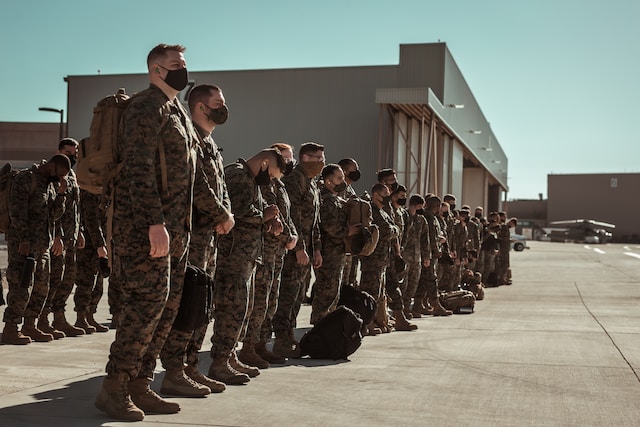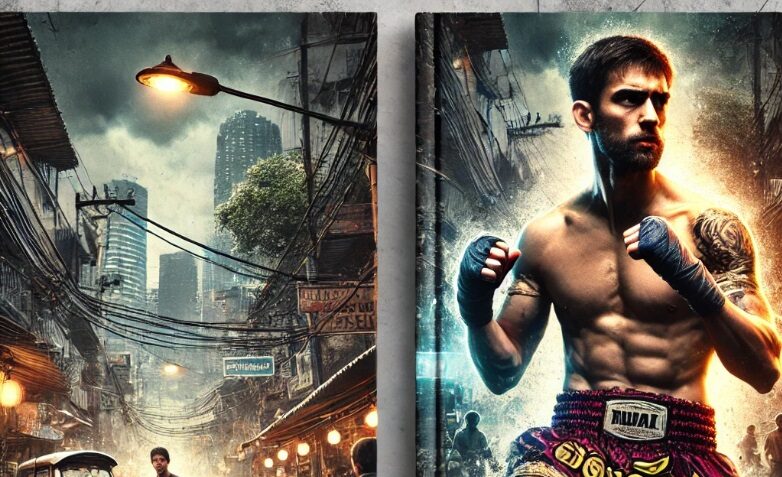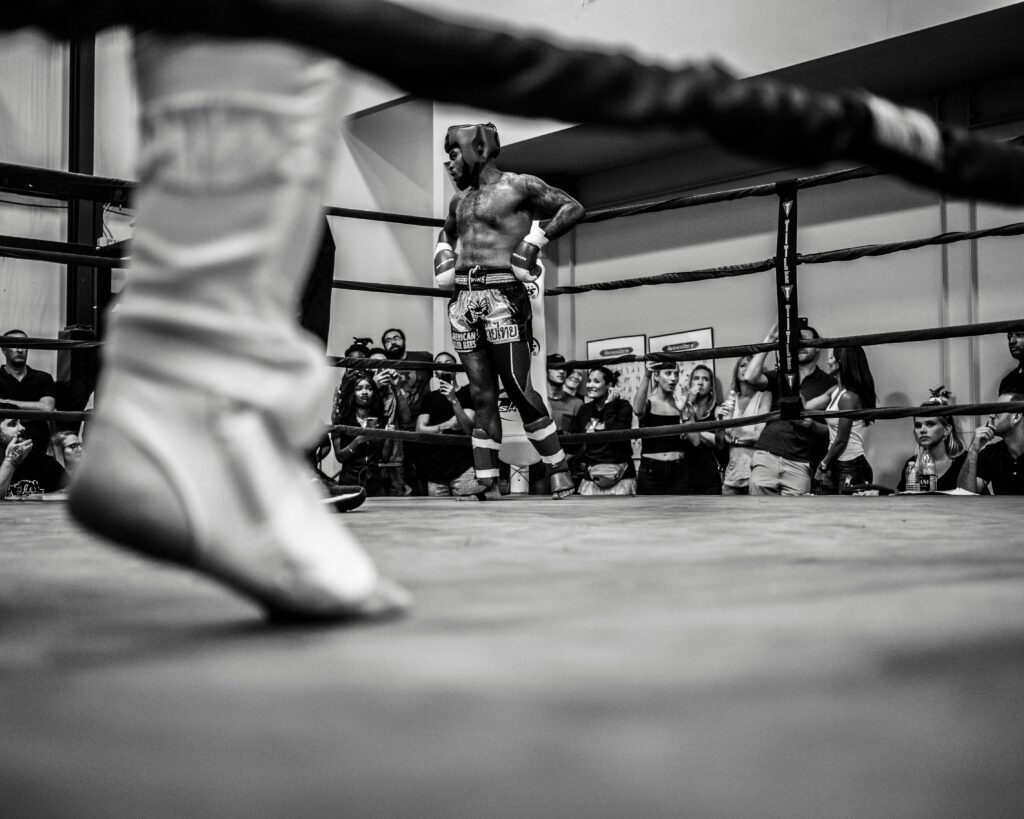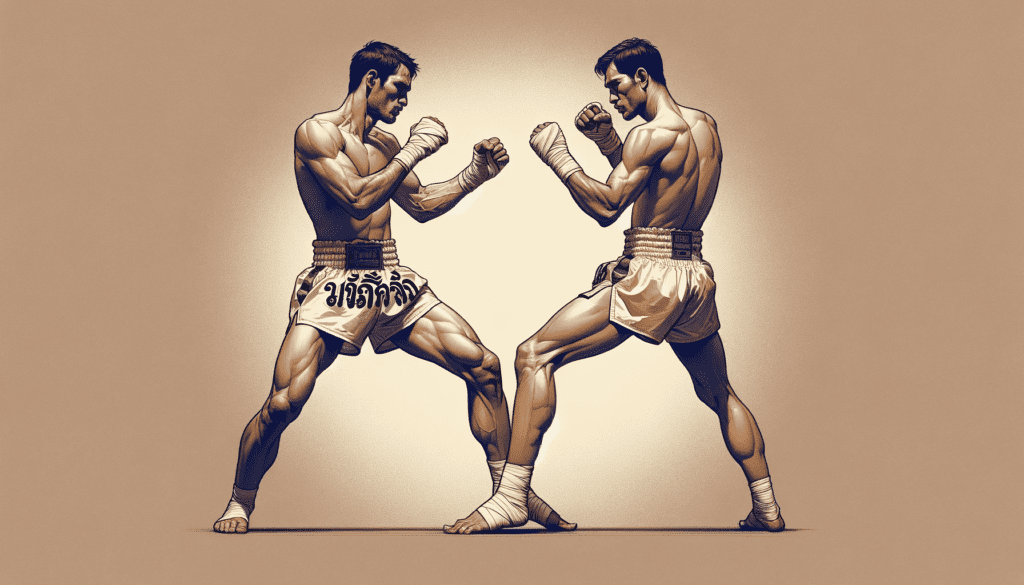Martial arts, a blend of discipline, agility, and power, have been the cornerstone of combat and self-defense for centuries. From the ancient dojos of Japan to the rigorous training camps of elite military units, these techniques have evolved, adapted, and stood the test of time. This article delves into the world of martial arts, with a special focus on the captivating art of Thai Boxing.
The Martial Arts Spectrum
Across continents and cultures, martial arts have taken root, each with its unique flavor and philosophy. From the fluid movements of Tai Chi to the explosive power of Karate, these arts are as diverse as the regions they hail from. They not only serve as a means of defense but also as a reflection of the ethos of their native lands.
Martial Arts in Elite Military Units

- The Navy SEALs: Renowned for their resilience and adaptability, the SEALs employ a mix of martial arts techniques tailored for close-quarter combat and stealth operations.
- The Army Rangers: Specializing in direct-action missions, Rangers are trained to strike swiftly and decisively, often relying on martial arts for hand-to-hand encounters.
- The British Special Air Service (SAS) and Special Boat Service (SBS): Cloaked in secrecy, their combat techniques are rumored to be a blend of various martial arts, fine-tuned for covert operations.
- Krav Maga: Born in the streets of Israel, this martial art emphasizes real-world situations, making it a favorite among many elite military units worldwide.
- Russian Close-Quarters Combat Systems: From the icy terrains of Siberia, Russian martial arts like Systema have emerged, focusing on fluidity and adaptability.
Spotlight on Thai Boxing (Muay Thai)
Muay Thai, often referred to as the “Art of Eight Limbs”, is Thailand’s gift to the world. With its roots tracing back to ancient Siamese warriors, Muay Thai employs punches, kicks, elbows, and knee strikes, making it one of the most comprehensive stand-up fighting techniques. Its rhythmic movements, interspersed with explosive strikes, are not just a combat technique but also a dance of warriors. The rigorous training regime, combined with its rich history, makes Muay Thai a fascinating martial art to delve into.
Comparing Martial Arts: Strengths and Limitations
Every martial art, with its unique techniques and philosophies, brings something different to the table. While Judo focuses on throws and groundwork, Wing Chun emphasizes close-quarter combat. However, the real strength of a martial art doesn’t just lie in its techniques but in its adaptability. In real-world scenarios, the ability to adapt and improvise often trumps rigid training.
The Future of Martial Arts in Military Training
As warfare evolves with technology, so does the role of martial arts in military training. With the advent of augmented reality and AI, soldiers of the future might train against virtual adversaries, honing their skills in simulated environments. However, the essence of martial arts, rooted in discipline and perseverance, will remain unchanged.
Our Final Thoughts
Martial arts, more than just combat techniques, are a journey of self-discovery, discipline, and continuous learning. As we’ve journeyed from ancient dojos to modern military training camps, it’s evident that the spirit of martial arts remains unbroken. Whether you’re drawn to the power of Muay Thai or the philosophy of Aikido, the world of martial arts offers a path to those willing to embark on it.





